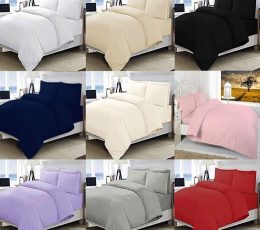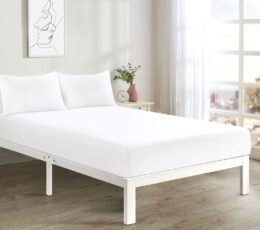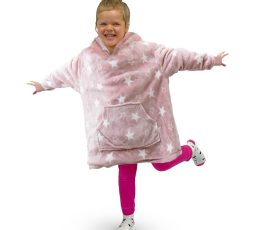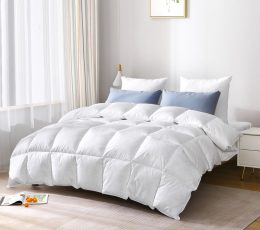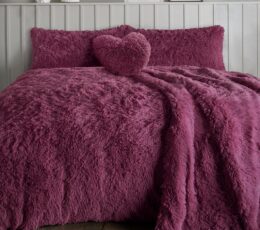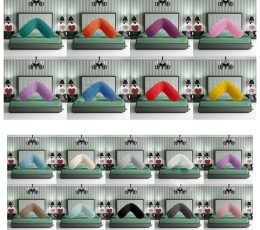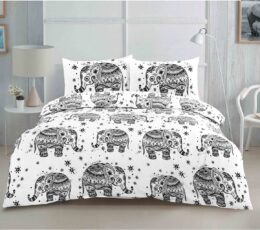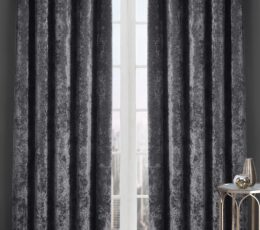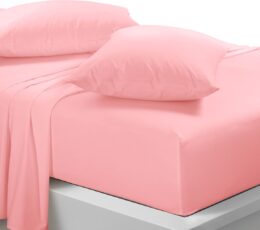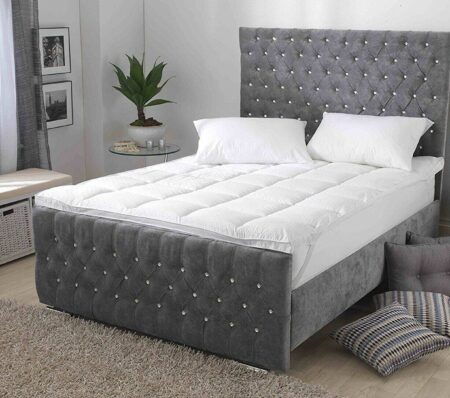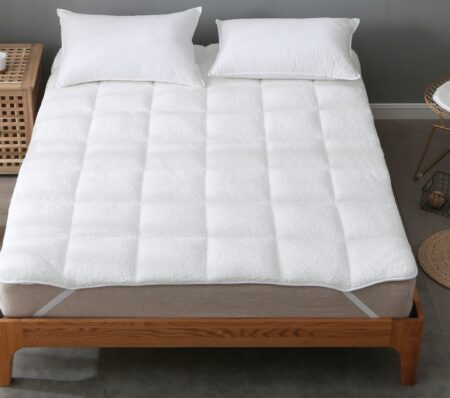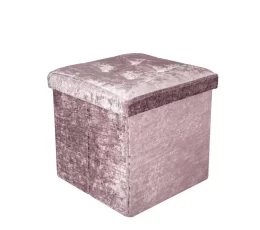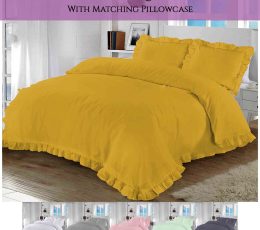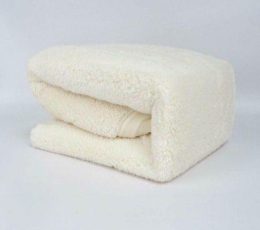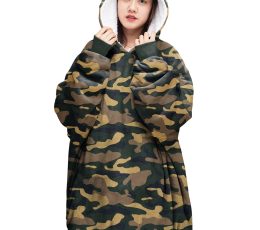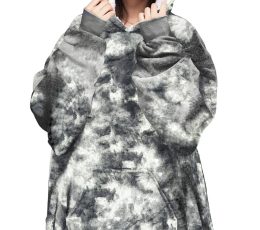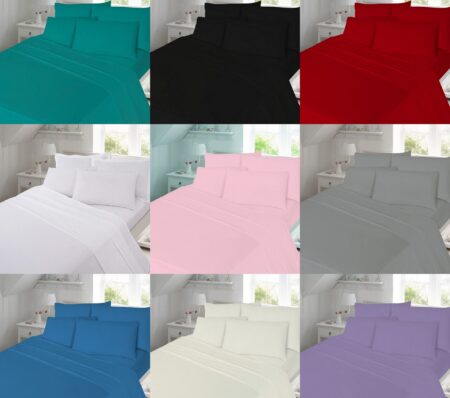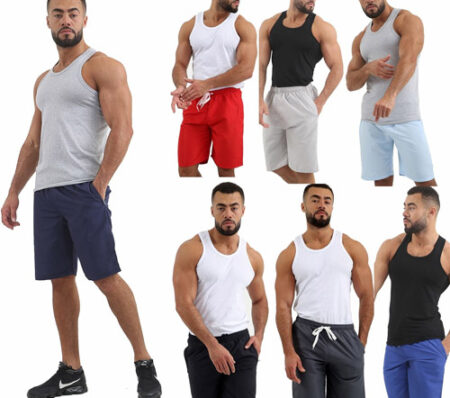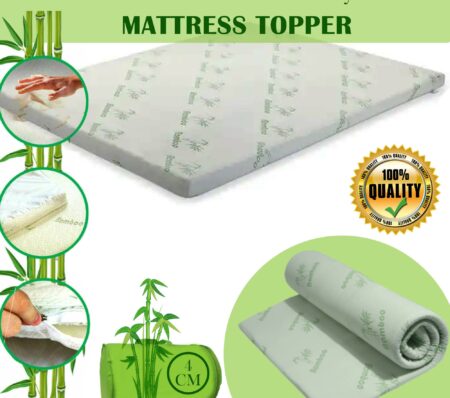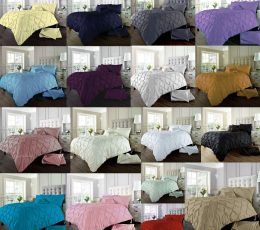The light duvet is mainly a cozy sleeping buddy that gives you the proper sleep and comfort. The single duvet is mainly being classified into various tog rating which we are going to cover in short. Apart from this, there are several other things we need to understand, like materials, filling, bed sizes like single duvets, and many more. In this article, we are going to discuss the tog duvet rating and which among the presented tog is the lightest to use.

What Are Duvet Tog Ratings?
Duvet Tog ratings serve as a crucial metric when it comes to choosing the right bedding for a comfortable night’s sleep. The term “Tog” refers to the thermal resistance of a material, and in the context of duvets, it measures their ability to retain and regulate heat. Duvet tog guide helps consumers select a light duvet that aligns with their preferred sleeping temperature and environmental conditions.
The Tog scale typically ranges from 1 to 15, with lower Tog values indicating lighter and cooler duvets suitable for warmer seasons. In comparison, higher Tog values denote thicker and warmer options designed for colder weather. Understanding the Tog rating system is vital for making an informed decision and ensuring a restful night’s sleep year-round.
Does a Higher Tog Rating Mean a Thicker Duvet?
In general, a higher Tog rating does correspond to a thicker and warmer duvet. The Tog rating system is a reliable indicator of a duvet’s insulation properties. For instance, duvets with Tog ratings between 1 and 4 are considered lightweight and perfect for summer use. These duvets provide minimal insulation, allowing air circulation to keep sleepers cool during warmer nights.
On the other end of the spectrum, duvets with Tog ratings of 10 and above are heavyweight and intended for winter use. These thick duvets offer superior insulation, trapping heat to keep sleepers warm in colder temperatures. The construction and materials used in these duvets contribute to their ability to retain and distribute heat efficiently. The highest duvet rating goes upto 15 tog duvet that can be used during winter seasons.
Consumers need to consider their personal preferences and the climate of their sleeping environment when choosing a duvet. While a thicker duvet with a higher Tog rating might be ideal for winter, it could lead to discomfort during hot summer nights. Conversely, a lighter duvet with a lower Tog rating may not provide sufficient warmth in chilly winter conditions.

Quilt or Duvet?
The terms “quilt” and “duvet” are often used interchangeably, but they refer to different types of bedding. Understanding the distinctions between the two can help consumers make a choice based on their preferences and needs.
A quilt typically consists of three layers: a decorative top layer, a layer of batting (insulation), and a backing material. Quilts are stitched together in a decorative pattern, creating a visually appealing and functional bedding option. Quilts are known for their versatility and can be used as standalone bed coverings or as an extra layer for added warmth.
On the other hand, a duvet is a soft and flat bag filled with insulating material, such as down or synthetic fibers. Duvets are designed to be used with a removable cover, allowing for easy washing and customization. Unlike quilts, duvets are not stitched in a decorative pattern and are often chosen for their simplicity and ease of use.
When deciding between a quilt and a duvet, it ultimately comes down to personal preference and intended use. Quilts offer a more decorative and traditional aesthetic, while duvets prioritize practicality and comfort. Additionally, duvets provide the flexibility to adjust warmth by changing the duvet cover, making them a versatile choice for different seasons.
Different Duvets for Different Seasons
When it comes to selecting the perfect duvet, one size certainly does not fit all. The changing seasons bring varying temperatures and sleeping preferences, prompting the need for different light duvet options tailored to specific weather conditions. Understanding the distinct characteristics of duvets designed for spring, summer, and all seasons is key to achieving optimal comfort throughout the year.
Spring Duvet:
As the weather transitions from the chill of winter to the mild warmth of spring, a light duvet with a lower Tog rating is ideal. Spring duvets typically fall within the 4 to 7 Tog range, offering a lightweight and breathable option that keeps sleepers comfortable on milder nights. These duvets provide just enough insulation to ward off a lingering chill without causing overheating, making them perfect for the temperate conditions of spring.
Summer Duvet:
Summer calls for even lighter bedding to combat the heat. Single Summer Duvet with Tog ratings ranging from 1 to 4 are considered summer duvets. These ultra-lightweight options promote airflow and ventilation, ensuring a cool and refreshing night’s sleep during the hottest months. Materials like cotton or silk are popular choices for summer duvets due to their breathability and moisture-wicking properties, enhancing overall comfort in warmer climates.

All Seasons Duvet:
For those who prefer a versatile option that can adapt to changing temperatures, all season duvet are the answer. These duvets are often designed as a combination of two separate pieces – a lighter duvet for warmer months and a slightly heavier one for cooler weather. Connected by buttons or snaps, these light duvet can be used individually or together, allowing sleepers to customize their warmth level based on the season.
The combination of a lightweight duvet with a Tog rating of 4 to 7 and a slightly heavier one with a Tog rating of 10 to 13 ensures a comprehensive solution for year-round comfort. This flexibility makes all-season duvets an excellent investment, eliminating the need to switch bedding with every change in temperature. Read out our best tog for all season duvet to find the best duvet that can used for all season.
What Is the Best Light Duvet?
Determining the best light duvet ultimately depends on personal preferences, sleeping habits, and the climate of the bedroom. There is no one-size-fits-all answer, as individuals have different temperature preferences and may reside in regions with varying climates.
For those living in areas with distinct seasons, having a collection of duvets tailored to each season is a practical approach. This allows for a seamless transition between lightweight options in the warmer months and thicker duvets during the colder seasons. Additionally, the choice of materials, such as natural down, synthetic fill, or a blend of both, can influence the overall feel and warmth of the duvet.
Consideration should also be given to factors like allergies, as some individuals may opt for hypoallergenic materials to minimize potential reactions. Ultimately, the best light duvet is one that aligns with individual preferences, promotes a restful sleep experience, and adapts to the ever-changing conditions of each season. As we recommned the double 10.5 Tog duvet is the best duvet that can use for every seasons. But before that better understand is 10.5 Tog duvet warm enough for winter.
FAQs
What is a Tog rating, and why does it matter when choosing a duvet?
A Tog rating measures the thermal resistance of a material, providing insight into a duvet’s ability to retain and regulate heat. When choosing a duvet, understanding two ratings is crucial to selecting the right level of insulation for different seasons.
What is considered the lightest Tog rating for duvets?
Duvets with Tog ratings between 1 and 4 are considered the lightest. These are ideal for warmer seasons, providing minimal insulation and promoting airflow for a cool and comfortable night’s sleep.
Are lightweight Tog duvets suitable for year-round use?
Lightweight Tog duvets, typically with Tog ratings around 4 to 7, are suitable for spring and can be used in milder conditions during other seasons. However, for year-round adaptability, consider all-season duvets that offer a combination of lighter and slightly heavier options.
What materials are commonly used in the construction of lightweight Tog duvets?
Lightweight Tog duvets often feature breathable materials such as cotton, silk, or lightweight synthetic fibers. These materials enhance ventilation and prevent overheating during warmer months.
Can I use a lightweight Tog duvet in winter?
While lightweight Tog duvets are designed for warmer seasons, they may not provide sufficient warmth in colder winter conditions. It’s advisable to switch to a thicker duvet with a higher Tog rating during the colder months for optimal comfort.
How do I care for and maintain a lightweight Tog duvet?
Care instructions vary based on the duvet’s materials. Always check the manufacturer’s guidelines. In general, lightweight Tog duvets are often machine washable, but only use gentle cycles & follow recommended temperature settings to preserve the integrity of the fill.
Are lightweight Tog duvets suitable for individuals with allergies?
Many lightweight Tog duvets are available in hypoallergenic options, which makes them suitable for individuals with allergies or sensitivities. Look for duvets labeled as hypoallergenic or made with materials that resist common allergens.
Can I use a duvet cover with a lightweight Tog duvet?
Yes, using a duvet cover is recommended for hygiene and convenience. It also allows for easy customization and style changes. Ensure the duvet cover complements the lightweight nature of the duvet to maintain optimal breathability.
How do I know which Tog rating is best for my sleeping preferences?
Consider factors such as personal comfort preferences, local climate, and whether you tend to sleep hot or cold. If you experience temperature variations, an all-season duvet with customizable Tog options might be the best choice.
Can I find lightweight Tog duvets in different sizes?
Yes, lightweight Tog duvets are available in certain sizes, including twin, full, queen, and king. Make sure you choose the size that fits your bed for optimal coverage and comfort.
From this, we can understand which duvet is the lightest to use as the weather makes a big difference while selecting the coverless duvet as winter requires the light duvet with a heavy tog rating that can protect you from winter cold and gives you the best comfort for night sleep. We recommend you choose the duvet while following the above article.



